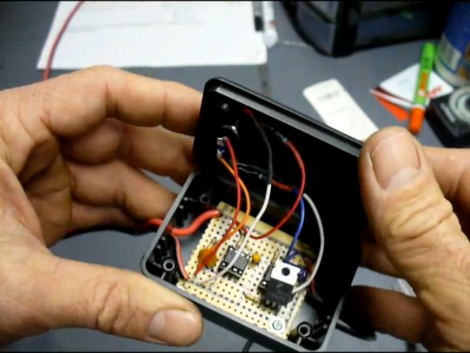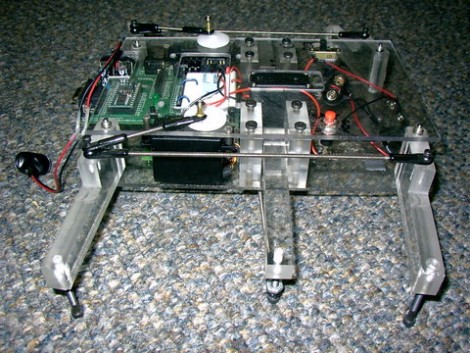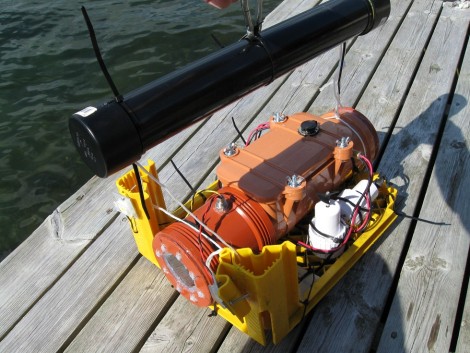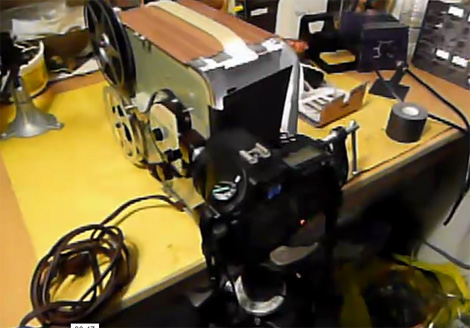
[Dino] is an auto mechanic and needed a way to test out fuel injectors. Commercially available tools start well over $100 and go up from there, but he built his own for about $20.
The injectors have a coil in them that needs to be tested. His design calls for a series of 0.008 millisecond pulses to test the coil. He started by setting up a 555 timer to output a one second pulse. This signal is fed into a second 555 chip that outputs the 0.008 pulses and in turn actuates a MOSFET to switch the coil on and off. To use it [Dino] connects to a 12V bench supply and to the injector, using a single button to start the test. See him explain the setup in the video after the break.

















